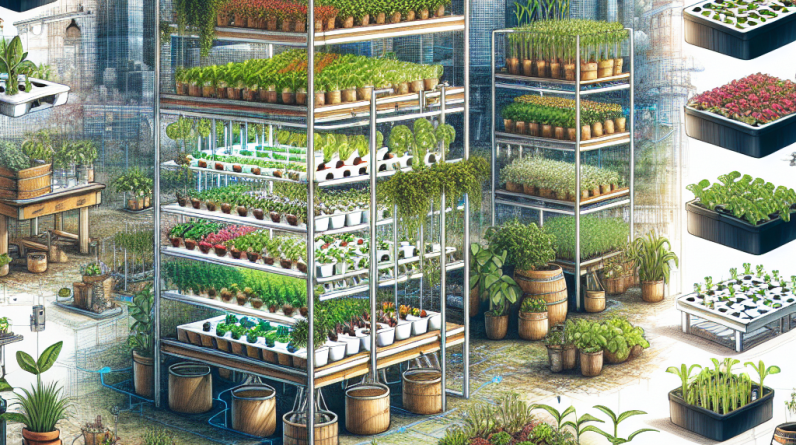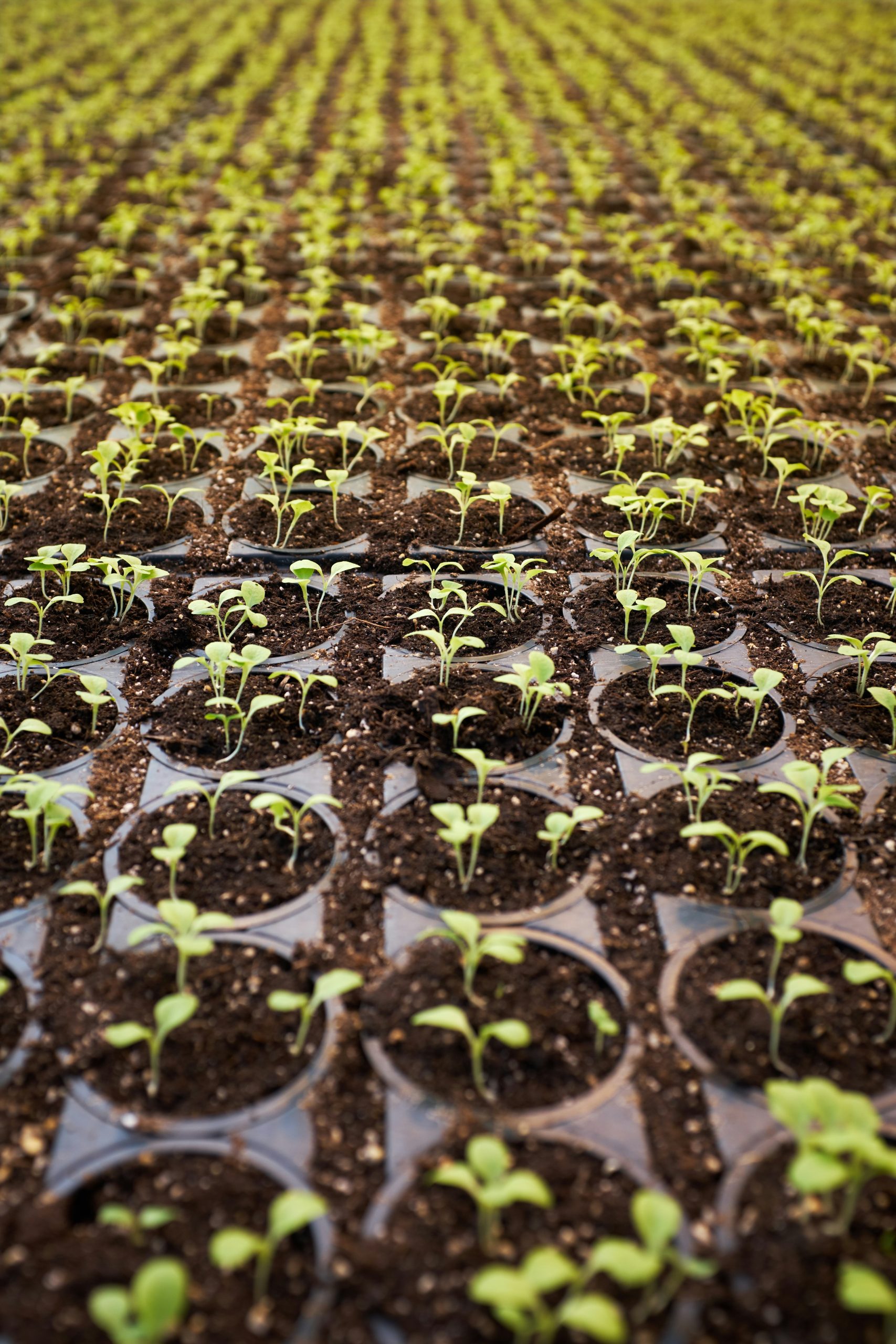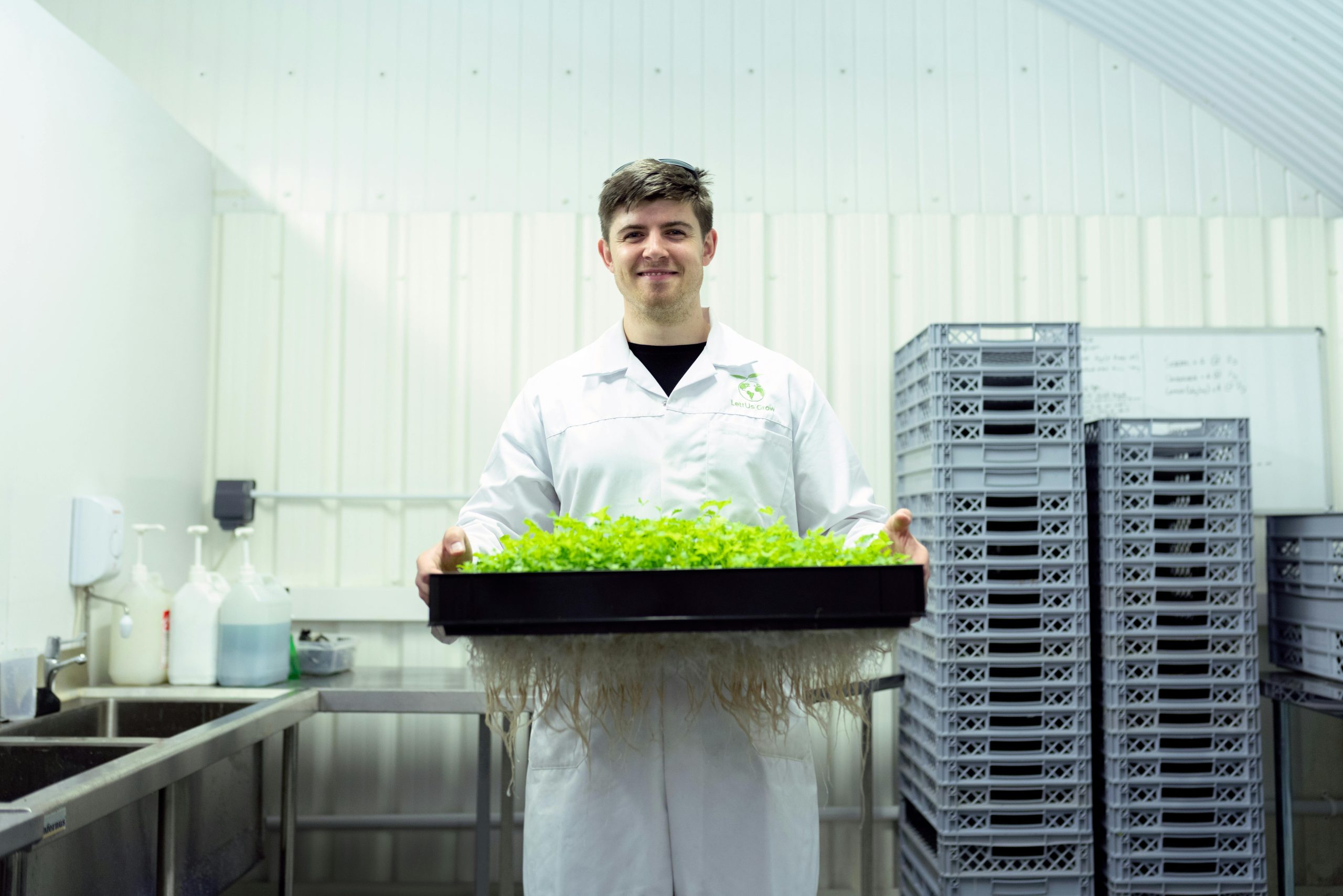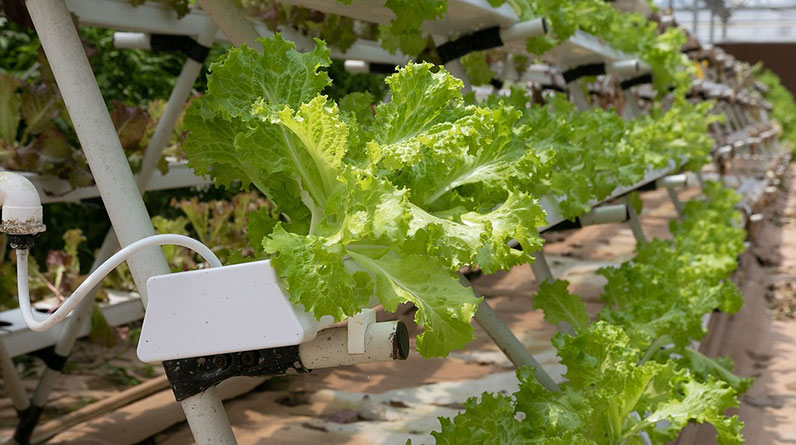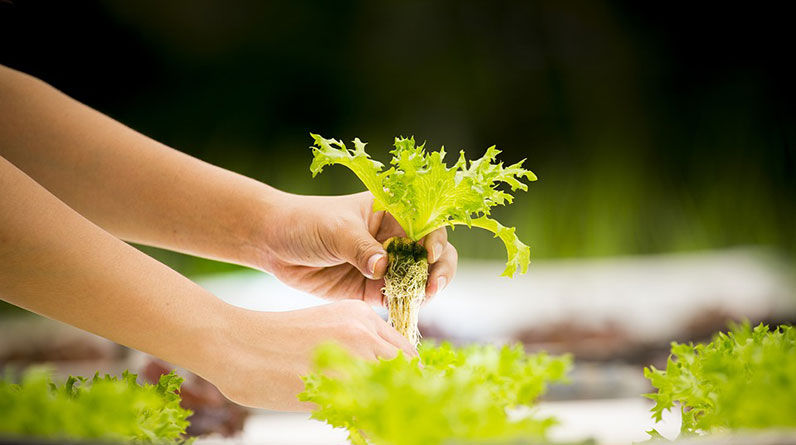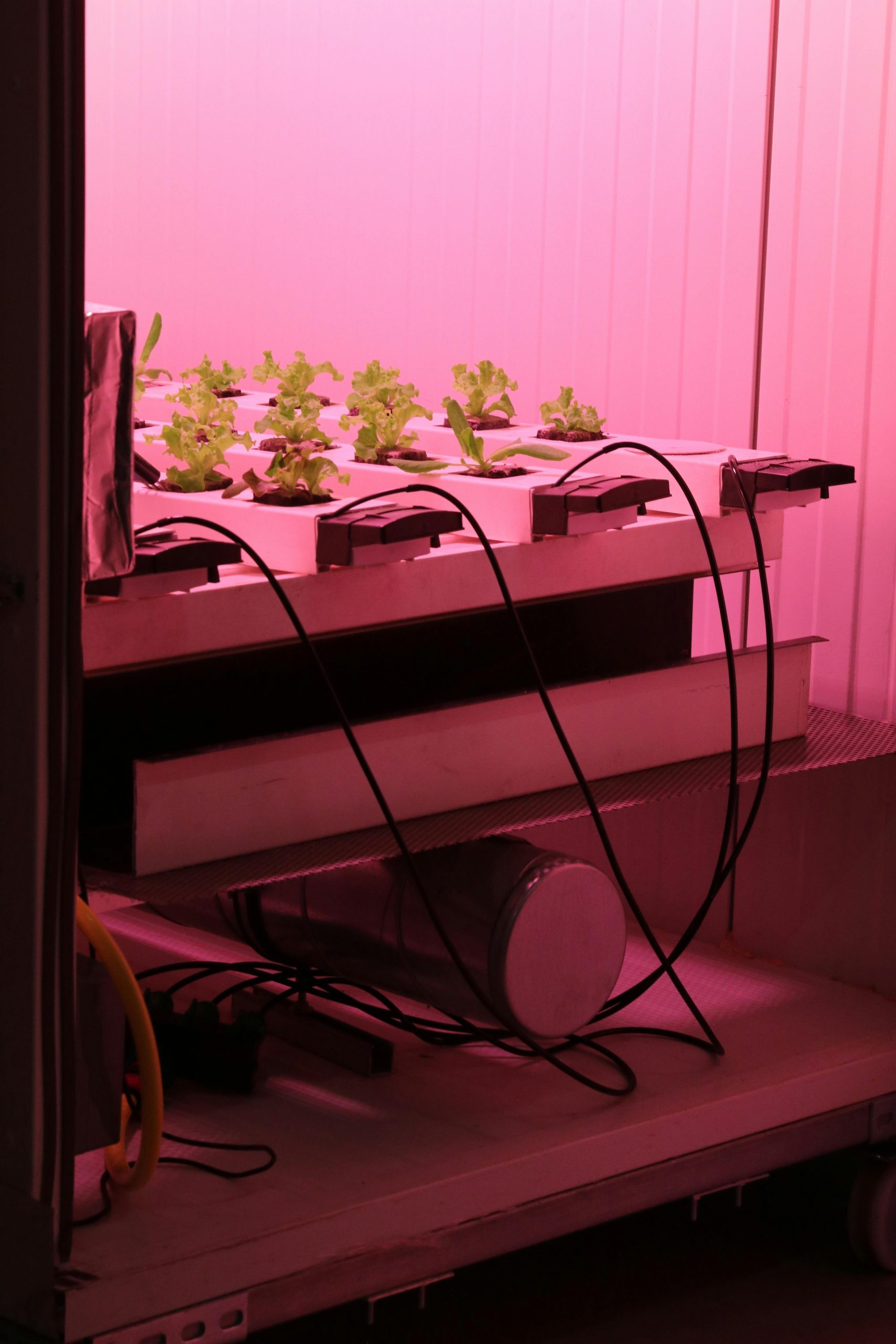
- 1. Choose the Right Hydroponic System
- 2. Select the Best Crops for Hydroponics
- 3. Maintain Optimal pH and Nutrient Levels
- 4. Ensure Proper Lighting Conditions
- 5. Monitor and Manage Water Temperature
- 6. Use Quality Growing Mediums
- 7. Implement Regular Pest and Disease Control
- 8. Automate and Track Your Hydroponic System
- 9. Practice Sustainable and Efficient Water Usage
- 10. Keep Learning and Adapting to New Technologies
1. Choose the Right Hydroponic System
Understanding Different Hydroponic Setups
When starting hydroponic gardening in 2025, selecting the right system is fundamental. Common options include nutrient film technique (NFT), deep water culture (DWC), drip systems, and aeroponics. Each setup offers distinct advantages based on the types of plants, space, and budget. For beginners, DWC is popular due to its simplicity and high success rate.
For experienced gardeners, experimenting with aeroponics unlocks higher yields and faster growth cycles. Knowing your available space and desired crop variety will help you choose a system that scales with your gardening goals. Remember, the right system sets the foundation for healthy root development and consistent productivity.
With the surge in 2025, many growers are integrating smart technology into traditional systems, allowing remote monitoring and automatic nutrient adjustments. This fusion of tech and hydroponics can significantly improve your crop yields and reduce manual labor.
Factors to Consider Before Making a Choice
Size, budget, and crop type are critical factors. Small indoor setups might benefit from compact systems like Kratky, which needs minimal equipment. Larger outdoor or greenhouse setups could leverage more advanced automated systems. Additionally, consider the ease of maintenance and your familiarity with hydroponic techniques.
Cost-effectiveness is also key; investing in a reliable system can save money and time in the long run. Quality components reduce the risk of failures that can jeopardize your garden’s success. Researching and visiting local hydroponic providers can give insights into the best system options for 2025’s dynamic market.
Always plan your system layout with future expansion in mind. Efficient use of space and resources ensures a thriving garden through the year.
2. Select the Best Crops for Hydroponics
Top Crops for Hydroponic Cultivation in 2025
Not all plants thrive equally in hydroponic setups. Leafy greens like lettuce, spinach, and kale are ideal for beginners due to their fast growth and minimal space requirements. Fruit-bearing plants such as cherry tomatoes, peppers, and cucumbers also perform well, often producing higher yields compared to soil gardening.
In 2025, vertical farming and urban agriculture trends favor compact crops that maximize space efficiency. Herbs like basil, mint, and cilantro have become staples for home hydroponic gardens, offering fresh flavor year-round.
By choosing the right crops, you can ensure a bountiful harvest. Consider your local climate, market demand, and personal preferences to select crops that fit your hydroponic system best. Experimenting with different varieties also fosters innovation and crop diversity.
Matching Crops to Your System
Some plants require specific conditions; for instance, strawberries thrive in deep water culture systems, while microgreens flourish with minimal space and quick turnover. Understanding each crop’s light, nutrient, and temperature needs helps optimize growth.
Practice crop rotation and succession planting to maintain continuous harvests. With proper planning and crop selection, youâll maximize your hydroponic gardenâs efficiency and profitability in 2025.
3. Maintain Optimal pH and Nutrient Levels
Why pH Balance Is Critical
Keeping the pH level within the optimal range (usually 5.5 to 6.5 for most crops) is essential for nutrient uptake in hydroponic systems. In 2025, advanced testing kits and automation tools make maintaining this balance easier than ever. Regularly checking pH ensures your plants absorb the nutrients they need for vigorous growth.
A pH imbalance can lead to nutrient lockout, stunted growth, or poor yields. Adjustments are straightforward with pH buffers or automatic pH controllers, which are increasingly popular among hydroponic growers in 2025. Implementing these tools reduces the risk of human error.
Remember, a consistent pH level supports microbial health and overall system stability, both crucial for thriving plants. Maintain a weekly testing schedule to catch imbalances early and correct them promptly.
Balancing Nutrients for Maximum Growth
Providing a complete nutrient solution ensures your plants receive essential elements like nitrogen, phosphorus, and potassium. In 2025, commercial nutrient mixes are more refined, supporting tailored feeding schedules for different crop stages.
Monitoring EC (electrical conductivity) levels helps gauge the concentration of nutrients in the solution. Adjusting EC levels according to plant needs prevents problems like nutrient toxicity or deficiencies.
For optimal results, combine precise pH control with regular nutrient adjustments. This synergy maximizes plant health and productivity, making your hydroponic garden a success story in 2025.
4. Ensure Proper Lighting Conditions
Artificial Light Options for Indoor Hydroponics
Lighting plays a vital role in hydroponic gardening, especially indoors. In 2025, LED grow lights dominate due to their efficiency, longevity, and customizable spectrum. Selecting the right light spectrumâprimarily blue and red wavelengthsâpromotes vegetative growth and flowering.
Lower energy costs and adjustable intensities make modern LED systems cost-effective over time. Position lights at appropriate distances from plants to prevent light burn while ensuring sufficient coverage. Typically, LEDs should be placed 12-24 inches above plant canopies, depending on wattage and crop type.
For best results, simulate natural sunlight cycles by providing 12-16 hours of light during peak growth phases. Automated timers make managing lighting schedules simple and consistent.
Maximizing Natural Light for Outdoor Hydroponics
If gardening outdoors or in greenhouses, leveraging natural sunlight reduces energy costs. Choose locations with direct sun exposure for most of the day. In 2025, smart shading systems and reflective surfaces can optimize sunlight distribution.
Seasonal adjustments and supplemental lighting during shorter days maintain plant growth rates. Proper light management in outdoor setups extends your growing season and enhances crop quality.
Efficient lighting management, both natural and artificial, is a key hydroponic gardening tip for a thriving 2025 garden.
5. Monitor and Manage Water Temperature
Ideal Water Temperature Ranges
Maintaining water temperatures between 65°F to 75°F (18°C to 24°C) maximizes oxygen availability and nutrient absorption. In 2025, automated temperature controls and chillers prevent overheating and freezing, ensuring consistent conditions.
Too warm water can lead to disease proliferation, while cold water slows down growth. Regularly testing water temperature helps you make timely adjustments, especially during seasonal changes.
Consider adding insulating materials or heaters with timers for stable temperature regulation. Proper water temperature management prevents stress and boosts overall plant health.
Practical Tips for Temperature Regulation
Use digital thermometers with alerts for temperature thresholds. Position water sources away from heat sources and direct sunlight to avoid fluctuations. Combining circulation pumps with temperature controls provides even distribution and stable conditions.
Research indicates that optimal water temperatures result in 20-30% faster growth rates for key crops. This efficiency gain makes temperature management a crucial hydroponic gardening tip for 2025 practitioners.
6. Use Quality Growing Mediums
Popular Hydroponic Growing Media
Choosing the right medium supports healthy root development and ensures proper anchorage. Common options include coconut coir, rockwool, perlite, and expanded clay pebbles. In 2025, growers prefer inert, sterile media to reduce disease risks and improve plant stability.
Each medium offers different benefits: rockwool retains moisture, while perlite offers excellent aeration. Consider crop type and watering frequency when selecting media.
Investing in high-quality, consistent mediums reduces variability and enhances overall yield quality. Proper medium selection is a foundational hydroponic gardening tip for a successful 2025 harvest.
Preparing and Maintaining Your Growing Medium
Proper preparation involves rinsing and sterilizing the media to remove residues and pathogens. Regular monitoring of moisture levels prevents overwatering or dryness. Replace media periodically to prevent compaction and nutrient buildup.
Using a quality medium simplifies system maintenance, enhances oxygen flow, and promotes vigorous plant roots, leading to more productive crops in 2025.
7. Implement Regular Pest and Disease Control
Preventive Pest Management Strategies
Hydroponic systems are less prone to soil-borne pests, but airborne insects like aphids and whiteflies can still pose threats. Regular inspections, introductions of beneficial insects, and physical barriers help keep pests at bay.
In 2025, integrated pest management (IPM) approaches, including organic sprays and biological controls, are gaining popularity. Early intervention minimizes crop damage and reduces chemical use.
Maintaining cleanliness and monitoring humidity levels also deter disease outbreaks. Efficient pest control directly correlates with higher yields and quality crops.
Monitoring and Managing Plant Diseases
Common hydroponic diseases include root rot and mold. Proper oxygenation and water quality are essential for prevention. Diagnosing issues early allows for targeted treatments, such as hydrogen peroxide solutions or adjusting environmental parameters.
Using disease-resistant plant varieties and sterilizing equipment between cycles further reduces risks. Constant vigilance is a key hydroponic gardening tip for a healthy, thriving garden in 2025.
8. Automate and Track Your Hydroponic System
Smart Technology for Ease and Efficiency
Automation tools like timers, sensors, and controllers are indispensable in 2025. They help manage lighting, watering, nutrient levels, and temperature without manual intervention. This precision leads to consistent crop quality and higher yields.
Adopting IoT (Internet of Things) devices allows remote monitoring via smartphones or computers, providing real-time data and alerts. This technology reduces manual effort and minimizes errors.
Integrating data logging can help track crop progress, identify patterns, and optimize future planting schedules â essential for scaling or continuous production. Automation is truly a game-changer in hydroponic gardening in 2025.
Data-Driven Decision Making
Using system analytics and growth tracking tools enables you to make informed adjustments, improve efficiency, and troubleshoot problems early. Informed decisions lead to healthier plants, improved yields, and a more profitable operation.
Many growers in 2025 are sharing their success stories online, emphasizing the importance of tracking. Combining technology with practical knowledge forms an effective approach to hydroponic gardening tips.
Start small, automate gradually, and analyze data regularly for maximum impact.
9. Practice Sustainable and Efficient Water Usage
Water Recycling and Conservation Techniques
Hydroponic systems inherently use less water than traditional farming, but in 2025, sustainability is a top priority. Implementing recycling systems where runoff is recaptured and reused reduces waste.
Closed-loop systems and drip irrigation minimize water loss and improve nutrient efficiency. Using sensors to detect moisture levels ensures watering only when necessary, preventing oversaturation.
Adopting rainwater harvesting and integrating renewable energy sources for system operation also contribute to a greener garden. Efficient water use benefits your wallet and the environment.
Environmental Impact and Benefits
By practicing water conservation, hydroponic gardeners contribute to reducing drought stress and conserving freshwater resources. Studies show that hydroponic systems can use up to 90% less water compared to soil gardening.
In 2025, sustainable practices are not just eco-friendly but essential for long-term success and scalability. Integrate these tips into your routine to promote a resilient and eco-conscious hydroponic garden.
Adjusting your system to be more sustainable also future-proofs your garden for changing climate conditions.
10. Keep Learning and Adapting to New Technologies
Stay Updated with the Latest Trends
The hydroponic industry is continually evolving, especially in 2025 with innovations like AI-driven automation, advanced nutrient formulations, and resilient crop varieties. Staying informed ensures your garden remains productive and competitive.
Joining online forums, subscribing to industry newsletters, and attending webinars can help you learn from experts and peers. Regularly testing new equipment or techniques can give you a competitive edge.
Adapting to technological advances and integrating new methods align with the best hydroponic gardening tips for a thriving 2025 garden. Embrace change and keep experimenting for continual improvement.
Continuing Education and Community Engagement
Many successful hydroponic gardeners participate in local workshops or online communities. Sharing experiences and tips accelerates learning and fosters innovation.
Experimenting with new crops, fertilizers, or automation tools broadens your skill set. Ultimately, your willingness to learn keeps your garden healthy, efficient, and bountiful in 2025 and beyond.
Conclusion
Hydroponic gardening tips are the foundation of any successful soil-free garden. In 2025, leveraging technology, sustainable practices, and strategic crop choices will ensure your garden flourishes. By carefully managing nutrients, lighting, water, and system automation, you can achieve impressive yields and quality produce. Remember, continuous learning and adaptation are key to staying ahead in the rapidly evolving world of hydroponic gardening. Embrace these 10 effective hydroponic gardening tips for a thriving 2025 gardenâyour best harvest yet!
Frequently Asked Questions
1. What are the best hydroponic gardening tips for beginners in 2025?
Start with simple systems like DWC or Kratky, choose fast-growing crops such as lettuce, and focus on maintaining proper pH and nutrient levels. Use quality lighting and keep system automation in mind for efficiency.
2. How often should I check and adjust pH in my hydroponic system?
It’s recommended to check pH at least once a week. Frequent testing ensures your plants absorb nutrients properly and prevents issues like nutrient lockout.
3. Can hydroponic gardening tips improve crop yields significantly in 2025?
Absolutely. Applying best practices like optimal lighting, nutrient management, and system automation can boost yields by up to 30% compared to traditional methods, according to recent studies.
4. How do I select the right hydroponic system for my needs?
Consider your available space, budget, desired crops, and experience level. Indoor growers may prefer compact systems, while commercial operators might opt for scalable setups with automation capabilities.
5. Why is hydroponic gardening tips crucial for a thriving 2025 garden?
Adhering to proven tips ensures your plants receive the ideal environment, reducing failures and maximizing productivity in an increasingly competitive and innovative gardening landscape of 2025.


